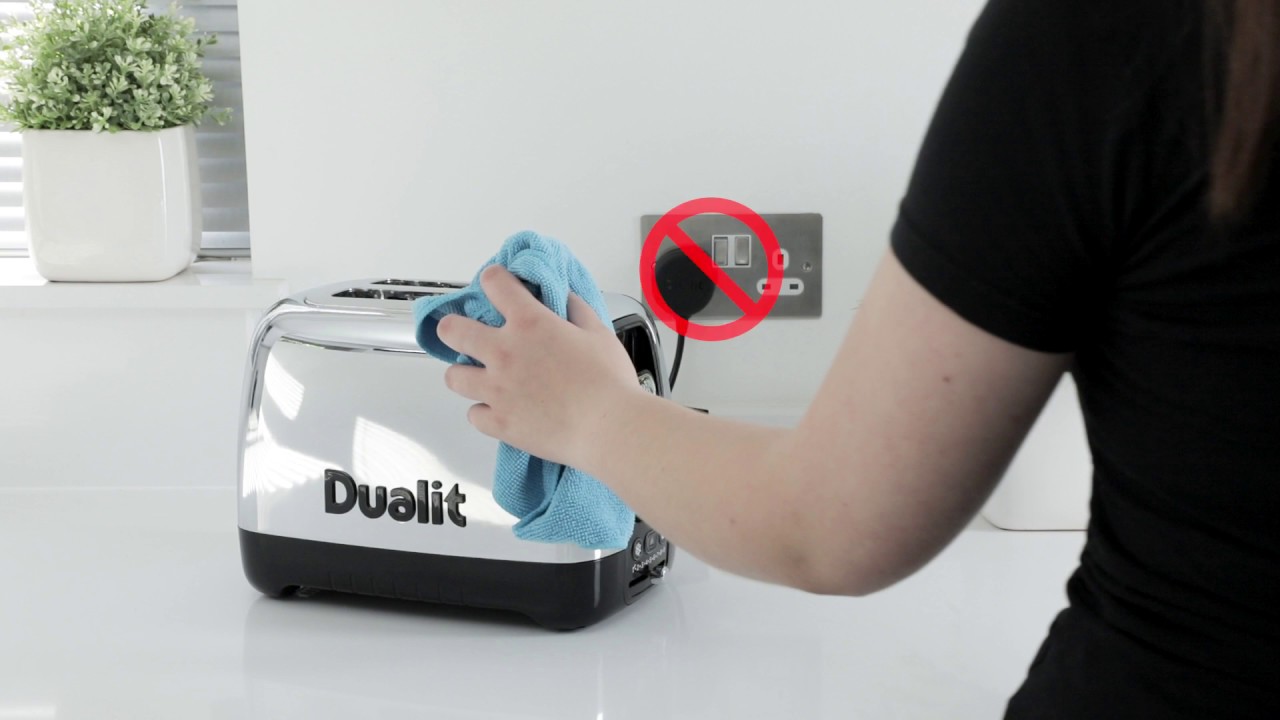

Articles
Should You Unplug Toaster When Not In Use
Modified: May 6, 2024
Discover whether it is necessary to unplug your toaster when not in use with our informative articles. Learn about electrical safety and saving energy.
(Many of the links in this article redirect to a specific reviewed product. Your purchase of these products through affiliate links helps to generate commission for Storables.com, at no extra cost. Learn more)
Introduction
Have you ever wondered if you should unplug your toaster when it’s not in use? It may seem like a small and insignificant detail, but the truth is, it can have surprising implications in terms of energy efficiency, fire safety, and the overall longevity of your toaster. In this article, we will explore the benefits of unplugging your toaster when it’s not in use, as well as the potential risks of leaving it plugged in. By understanding these factors, you can make an informed decision about whether or not to unplug your toaster.
Let’s dive into the details and discover why this seemingly minor act can make a big difference in your daily life.
Key Takeaways:
- Unplugging your toaster when not in use saves energy, prevents fire hazards, and promotes an eco-friendly lifestyle. It’s a small change with big benefits for your home and the environment.
- Regular maintenance, including cleaning and inspection, can extend your toaster’s lifespan and ensure optimal performance. Taking care of your toaster is essential for safety and functionality.
Read more: How Should You Unplug An Electrical Cord
Benefits of Unplugging Toaster
Unplugging your toaster when it’s not in use can yield several benefits. Let’s take a closer look at some of them:
- Energy Savings: When you unplug your toaster, you eliminate the standby power consumption known as “vampire power.” Even when not in use, many electronic devices continue to draw a small amount of electricity if left plugged in. By disconnecting your toaster from the power source, you can reduce your energy consumption and lower your electricity bills over time.
- Fire Prevention: Toasters, like any electrical appliance, can be a fire hazard if not used or maintained properly. By unplugging your toaster, you significantly reduce the risk of an electrical malfunction, such as a short circuit or a faulty component, leading to a fire. This simple act can provide peace of mind and help protect your home and loved ones from potential disasters.
- Extended Lifespan: Toaster components, such as the heating elements and internal wiring, can experience wear and tear over time. Leaving your toaster constantly plugged in, even when not in use, exposes these components to continuous heat and electrical currents. By unplugging your toaster, you minimize the stress on its internal parts, potentially prolonging its lifespan and saving you money on repairs or replacements.
- Reduced Clutter: Unplugging your toaster when not in use helps declutter your kitchen countertops. In today’s fast-paced world, we often accumulate numerous appliances and electronic devices. By adopting the habit of unplugging, you can create a clean and organized space, making it easier to use and maintain your toaster when you actually need it.
- Eco-Friendly Practices: Every small action towards energy efficiency contributes to a more sustainable environment. By unplugging your toaster, you are taking a step towards living a greener lifestyle. When integrated with other energy-saving habits, such as using energy-efficient light bulbs and properly insulating your home, unplugging your toaster can collectively reduce your carbon footprint.
These benefits demonstrate that the simple act of unplugging your toaster when not in use can have a positive impact on your energy consumption, safety, appliance longevity, and eco-consciousness.
Potential Risks of Not Unplugging Toaster
While it may be tempting to leave your toaster plugged in all the time for convenience, there are some potential risks associated with not unplugging it when it’s not in use. Let’s explore these risks:
- Fire Hazard: Leaving your toaster plugged in increases the risk of a fire. Even though newer toaster models often have safety features, such as automatic shut-offs, accidents can still happen. A faulty electrical connection or a malfunctioning component can lead to overheating and potentially result in a fire hazard.
- Electrical Malfunctions: Over time, electrical appliances can develop issues within their internal components. By constantly keeping your toaster plugged in, you subject it to continuous electrical current, which can accelerate wear and tear. This may lead to electrical malfunctions and decrease the overall performance and safety of your toaster.
- Energy Consumption: Toasters, like many other household appliances, draw a small amount of electricity even when in standby mode. By leaving it constantly plugged in, you are adding to your energy consumption and consequently increasing your electricity bills. It’s important to be mindful of the energy usage of your appliances to promote energy efficiency and reduce unnecessary expenses.
- Accidental Activation: If your toaster remains plugged in all the time, there is a higher chance of accidental activation. This can happen if someone accidentally presses the lever or if there is a power outage and the toaster automatically turns on when the power is restored. Accidental activation poses a risk of burns or other injuries if someone is not prepared or paying attention.
- Environmental Impact: Leaving your toaster plugged in unnecessarily contributes to increased energy consumption, which in turn has a negative impact on the environment. By being mindful of unplugging and reducing energy wastage, you can do your part in minimizing your carbon footprint and preserving natural resources.
Considering these potential risks, it is advisable to adopt the habit of unplugging your toaster when it’s not in use to mitigate the chances of accidents, reduce energy consumption, and promote a safer and more sustainable home environment.
Energy Efficiency Considerations
When it comes to energy efficiency, unplugging your toaster when it’s not in use can make a significant difference. Here are some energy efficiency considerations to keep in mind:
- Vampire Power: Many electrical devices, including toasters, continue to draw power even when they are in standby mode. This is known as “vampire power” or “phantom load.” By unplugging your toaster, you eliminate this unnecessary power consumption and reduce your overall energy usage.
- Energy Star Ratings: If you’re in the market for a new toaster, consider looking for one with an Energy Star rating. Energy Star certified appliances are designed to be more energy-efficient and can help you save on electricity costs in the long run, even when they are plugged in.
- Smart Plugs: Another option to enhance energy efficiency is to use smart plugs. Smart plugs allow you to control the power supply to your toaster remotely. You can schedule specific times for the toaster to be turned on and off, reducing standby power consumption and ensuring that it is only using energy when necessary.
- Habits and Awareness: Developing energy-saving habits can go a long way in reducing your environmental impact. Being mindful of unplugging your toaster when not in use is part of a larger effort to cultivate an energy-conscious lifestyle. By actively practicing energy efficiency, you can not only save on utility bills but also contribute to conserving energy resources for future generations.
By considering these energy efficiency factors and incorporating mindful practices into your daily routine, you can harness the benefits of reducing energy waste and promoting a more sustainable lifestyle.
It is a good safety practice to unplug your toaster when not in use to reduce the risk of fire or electrical hazards. This also helps to save energy and reduce your electricity bill.
Fire Safety Concerns
Fire safety should always be a top priority in any home. When it comes to toasters, there are a few key fire safety concerns to be aware of:
- Electrical Faults: Toaster malfunctions, such as frayed cords or loose electrical connections, can pose a fire hazard. Leaving your toaster plugged in and unattended increases the risk of these faults going unnoticed and potentially escalating into a fire. By regularly inspecting your toaster and unplugging it when not in use, you can reduce the likelihood of electrical malfunctions.
- Overheating: Toasters generate heat to toast bread or other foods. If left unattended or if there is a problem with the temperature regulation, this heat can build up and lead to overheating. Overheating can cause surrounding materials to catch fire, putting your home at risk. Unplugging your toaster when it’s not in use can help prevent overheating and minimize the chances of a fire.
- Accidental Start: Leaving your toaster plugged in and within reach of children or pets increases the likelihood of accidental activation. Whether it’s a curious child or a mischievous pet, they may accidentally press the lever, causing the toaster to turn on unexpectedly. Unplugging the toaster removes this risk and provides an extra layer of safety.
- Power Surges: Power surges can occur due to lightning strikes, electrical grid fluctuations, or faulty wiring. If your toaster is plugged in during a power surge, it may sustain damage, potentially leading to a fire. By unplugging your toaster, you mitigate the risk of power surge-related incidents.
It is crucial to prioritize fire safety by regularly inspecting your toaster, avoiding leaving it plugged in when unattended, and taking necessary precautions to minimize potential fire hazards. Unplugging your toaster when it’s not in use is a simple yet effective step towards ensuring the safety of your household.
Read more: When Should You Stop Using A Baby Monitor
Longevity and Maintenance of Toaster
If you want your toaster to last as long as possible and perform optimally, proper maintenance is key. Here are some tips to maximize the longevity and maintenance of your toaster:
- Clean Regularly: Crumbs and debris can accumulate inside your toaster over time, leading to a decrease in performance and potential malfunctions. To avoid this, make sure to clean your toaster regularly. Unplug it and gently shake out any loose crumbs. You can also use a soft brush or a toothbrush to clean the toaster’s interior. Avoid using water or any liquids, as they can damage the electrical components.
- Inspect for Wear and Tear: Routinely inspect your toaster for any signs of wear and tear. Check the power cord, plug, and controls for any damage. If you notice frayed wires, exposed metal, or loose parts, it’s important to address the issue promptly. If necessary, consult a professional or consider replacing the toaster to ensure safety and performance.
- Avoid Excessive Heat: Toaster longevity can be negatively affected by excessive heat. Leaving your toaster constantly plugged in, even when it’s not toasting, can subject the heating elements and internal components to continuous heat and potentially lead to premature wear. Unplugging the toaster when not in use helps minimize these effects, extending its lifespan.
- Follow Manufacturer’s Instructions: Each toaster model may have specific care and maintenance instructions provided by the manufacturer. It’s important to read and follow these guidelines to ensure proper usage and care. This may include recommendations for cleaning, storage, and any specific precautions to take.
- Avoid Overloading: While it may be tempting to squeeze in multiple slices or thicker pieces of bread at once, overloading the toaster can strain its heating elements and reduce its efficiency. Stick to the recommended number of slices and be mindful of the toaster’s capacity to avoid unnecessary strain and potential damage.
By following these maintenance tips and being mindful of how you use and care for your toaster, you can contribute to its longevity and optimal performance. Proper maintenance not only ensures a longer lifespan for your toaster but also enhances its safety and functionality.
Conclusion
In conclusion, the simple act of unplugging your toaster when it’s not in use can have numerous benefits. By doing so, you can save energy, reduce fire hazards, prolong the lifespan of your toaster, and create a safer and more organized kitchen environment.
The benefits of unplugging your toaster include energy savings by eliminating vampire power, preventing fire hazards by reducing the risk of electrical malfunctions, and promoting an eco-friendly lifestyle. Additionally, unplugging your toaster helps reduce clutter, protects against accidental activation, and minimizes the environmental impact of excessive energy consumption.
It’s important to be aware of the potential risks of not unplugging your toaster, such as increasing fire hazards, electrical malfunctions, energy consumption, accidental activation, and environmental impact. By understanding these risks, you can make an informed decision about the importance of unplugging your toaster.
Furthermore, considering energy efficiency and fire safety concerns, unplugging your toaster when it’s not in use becomes even more crucial. It helps reduce waste and promotes a more sustainable future while ensuring the safety of your household.
Maintaining and taking proper care of your toaster is also essential for its longevity and optimal performance. Regular cleaning, inspecting for wear and tear, following manufacturer’s instructions, avoiding overloading, and being mindful of excessive heat are key practices to ensure a well-functioning and safe toaster.
Incorporating the habit of unplugging your toaster when it’s not in use is a small yet impactful change that can have significant benefits. So, next time you’re done toasting your bread, consider unplugging your toaster and enjoy the rewards of energy efficiency, fire safety, and improved appliance maintenance.
Curious about cutting down on power bills while keeping cool? Our latest article walks you through practical tips on how to save energy with your air conditioning unit. From simple adjustments to more comprehensive strategies, learn how small changes can lead to significant savings. Don’t miss out on optimizing your home’s energy use and ensuring comfort during those hot months.
Frequently Asked Questions about Should You Unplug Toaster When Not In Use
Was this page helpful?
At Storables.com, we guarantee accurate and reliable information. Our content, validated by Expert Board Contributors, is crafted following stringent Editorial Policies. We're committed to providing you with well-researched, expert-backed insights for all your informational needs.
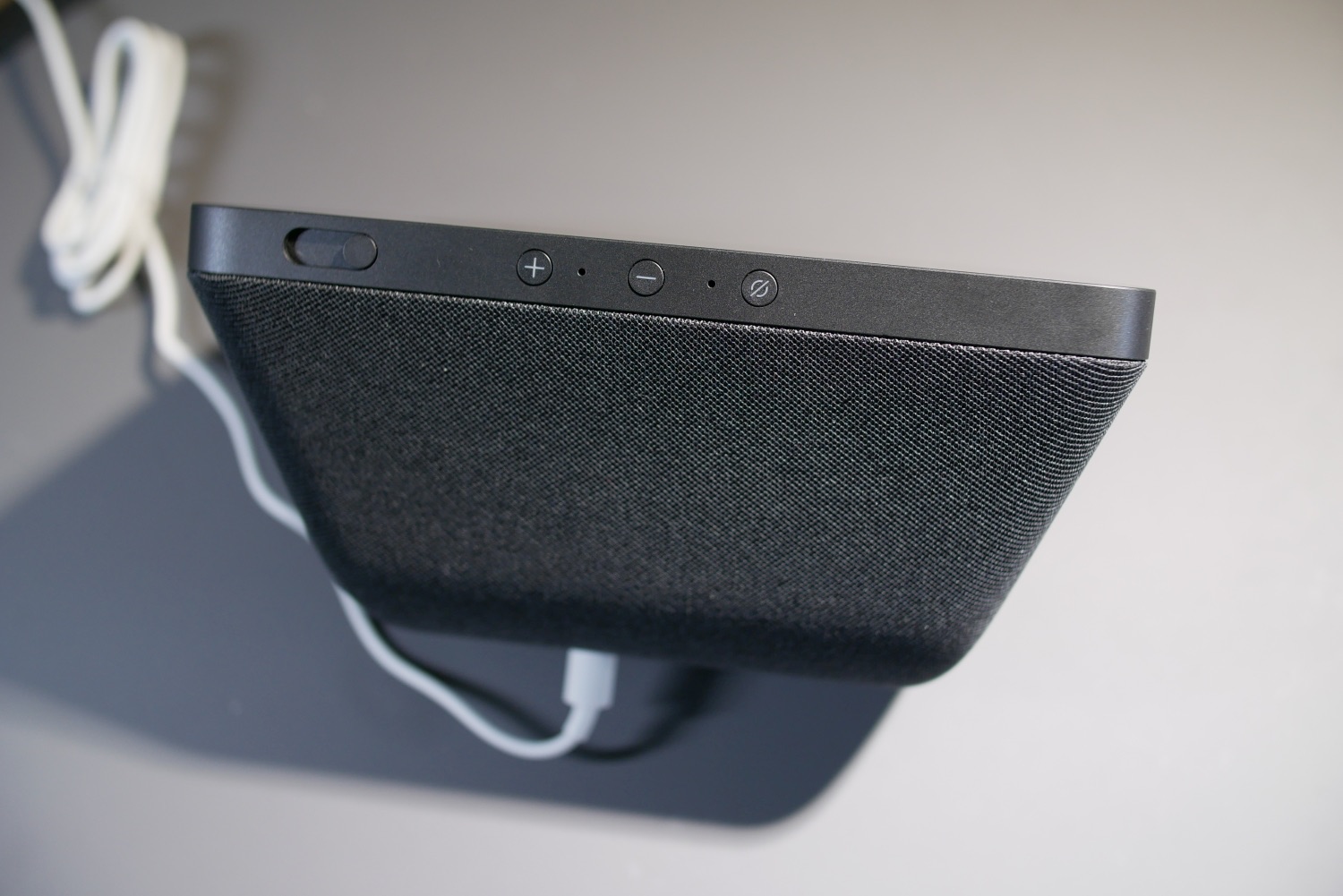
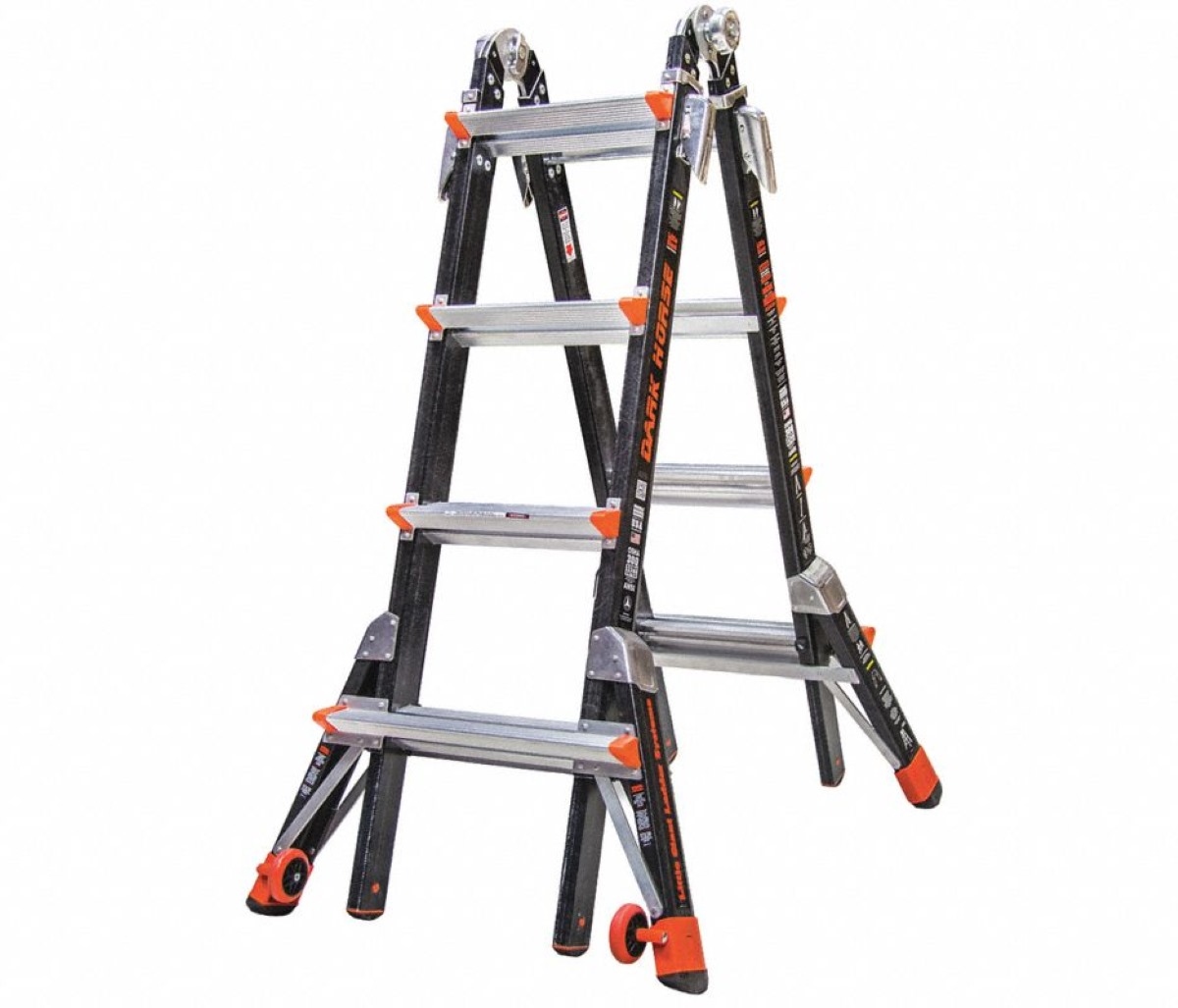



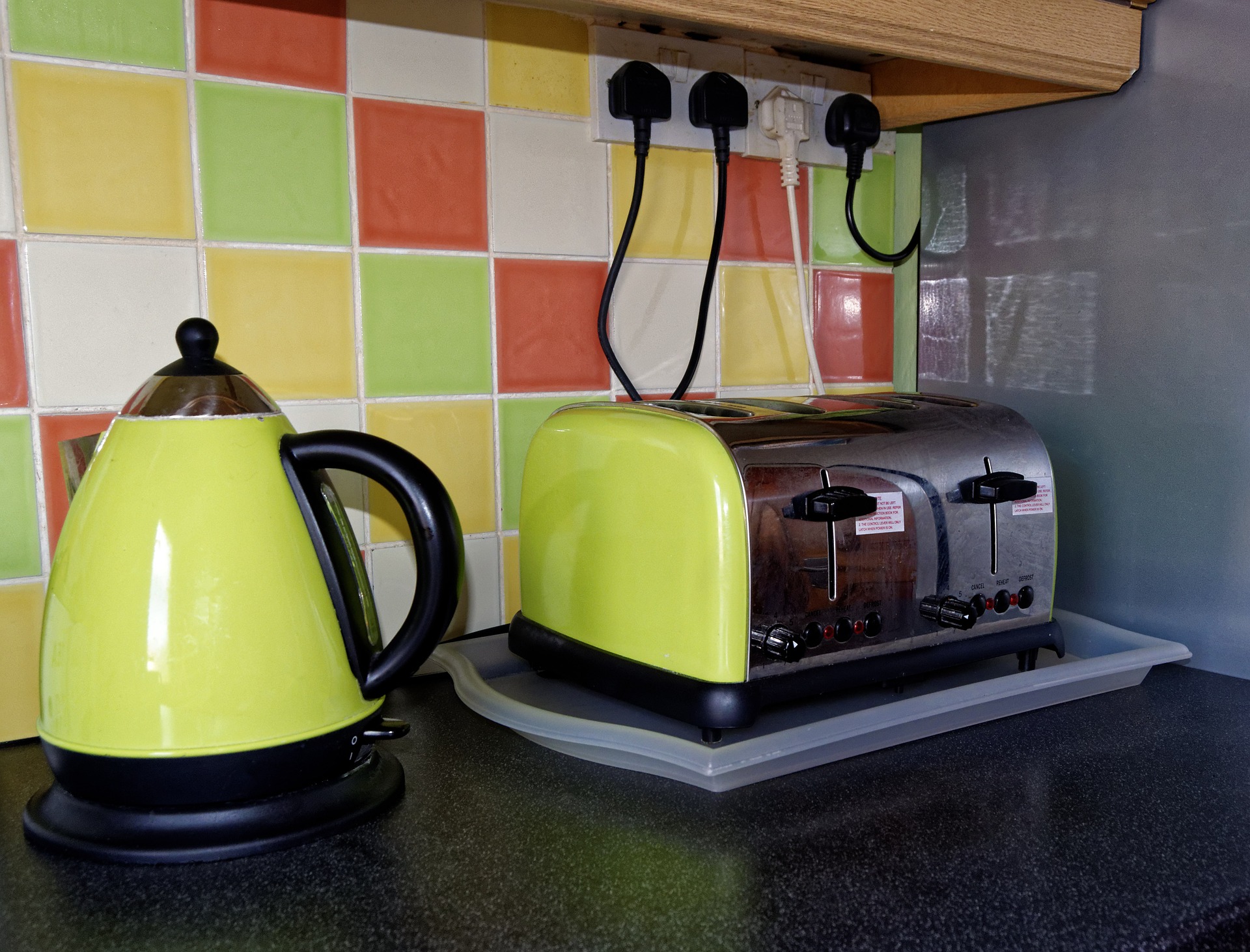
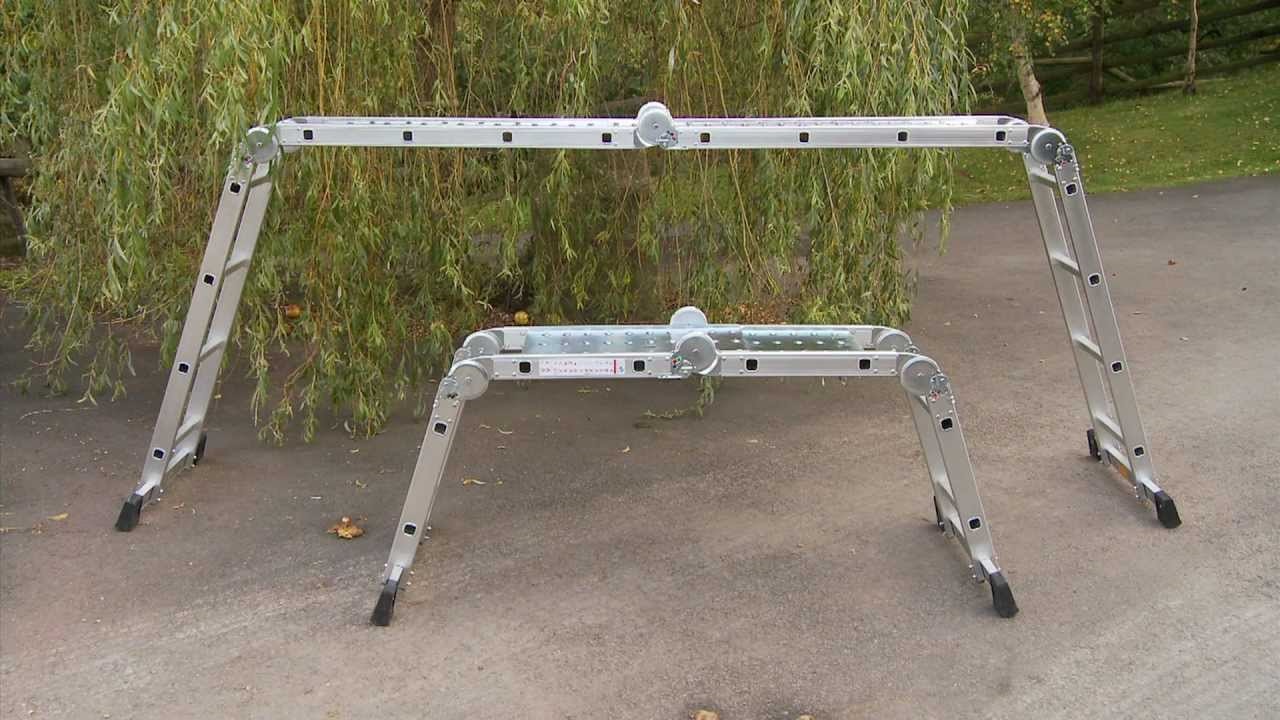

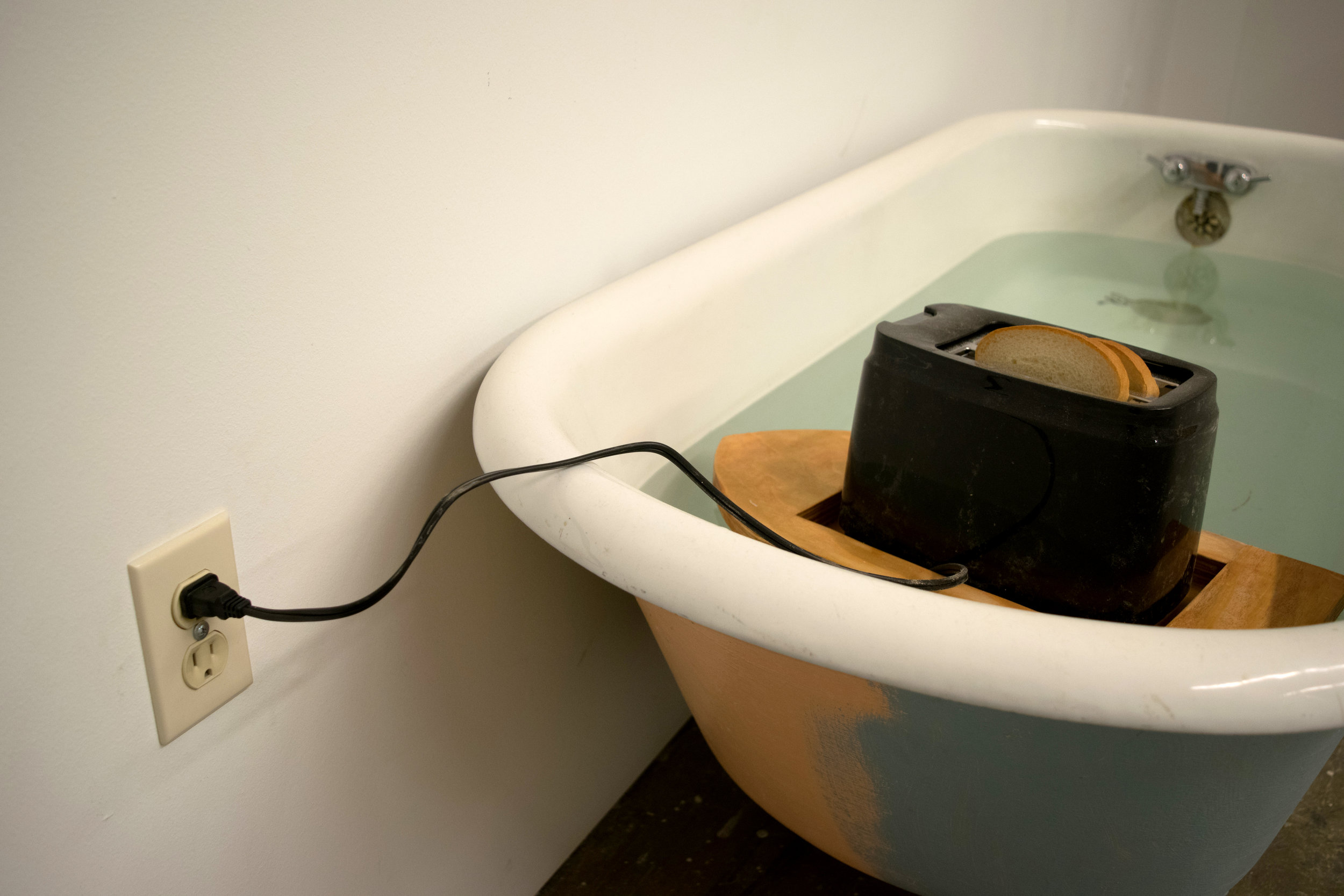
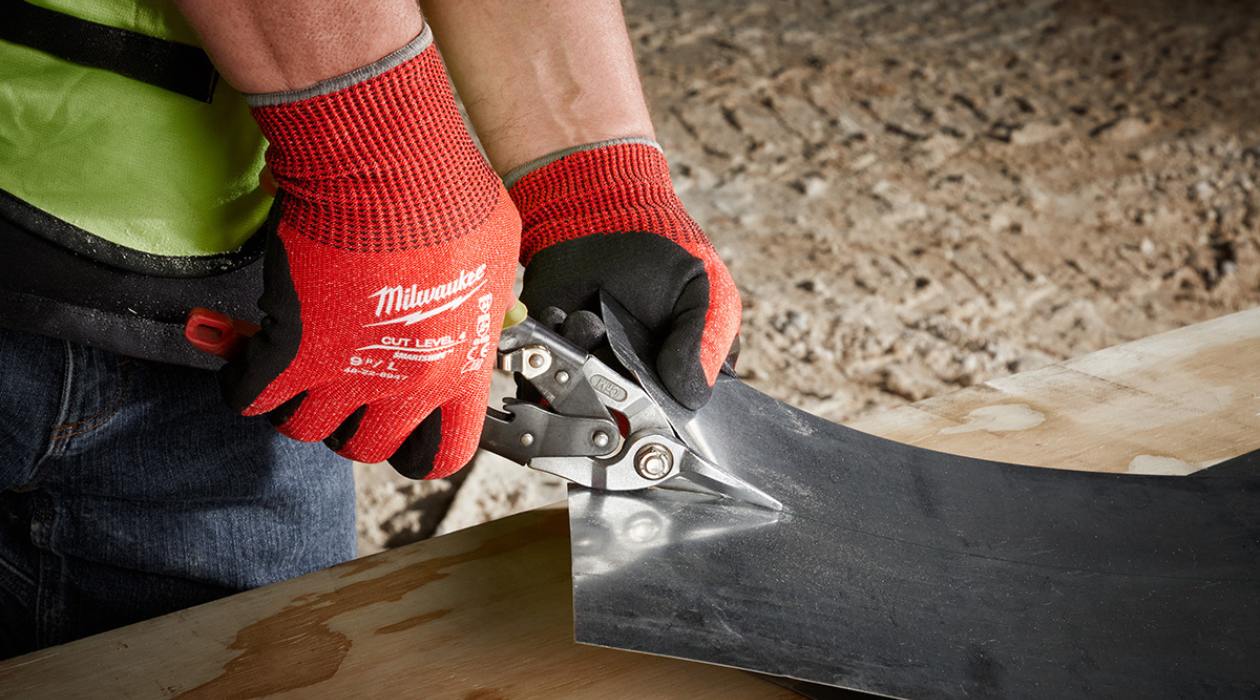





0 thoughts on “Should You Unplug Toaster When Not In Use”